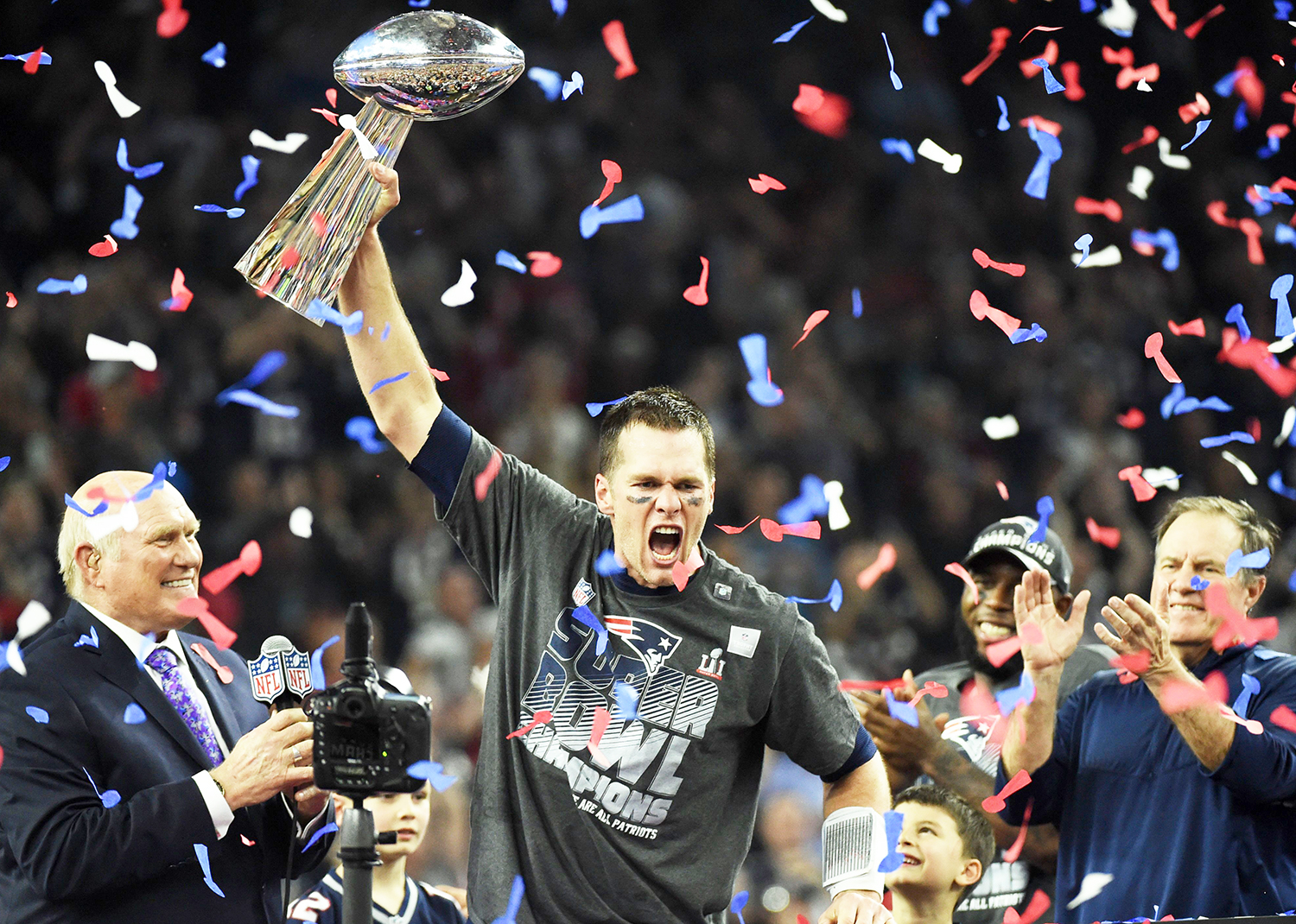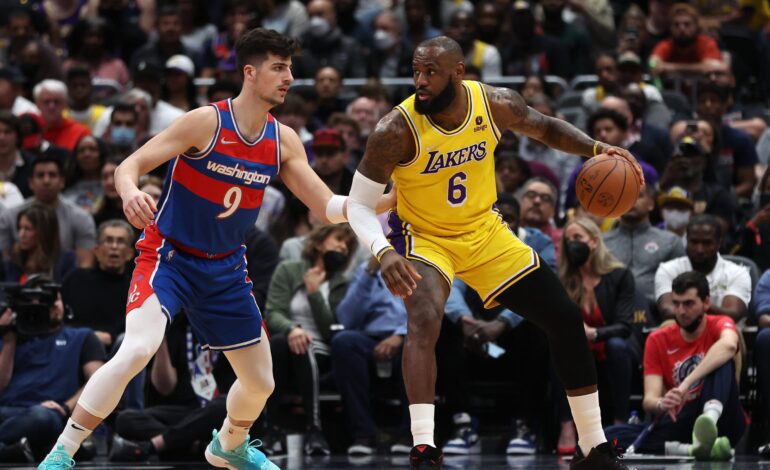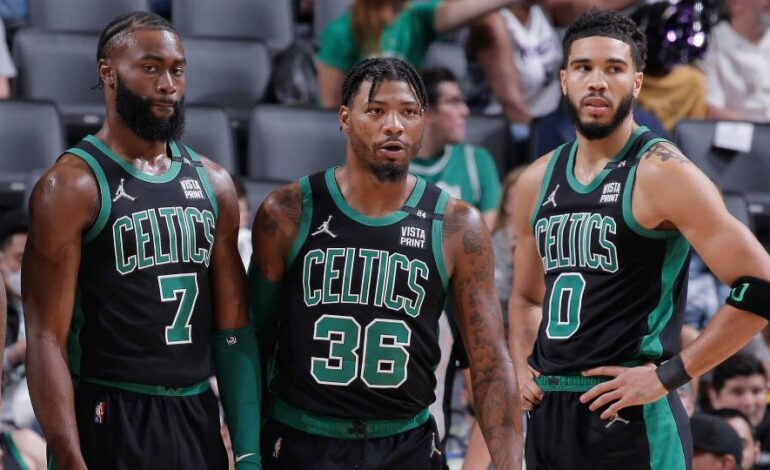The NFL is a cyclical beast, what works one year won’t work in 5 but may work again in 10. However, one thing that’s stayed true and undisputed, even growing more and more prominent as the years go by, is the importance of the Quarterback position. The margin between the haves and have-nots has grown exponentially. The market for top-tier Quarterbacks is at its peak, with no sign of change to come.
Given this reality, Quarterback Evaluation is arguably one of the most important jobs a front office must focus on. The knowledge that it’s time to move on from your current signal-caller, or the ability to spot a diamond in the rough can change the trajectory of a franchise. Where would the Panthers be had they not traded for Sam Darnold? Or the Colts with Carson Wentz? What do the Dolphins and Vikings do with their Quarterbacks? The list goes on.
Quarterback Evaluation is even more enhanced in the draft. Only 5 teams get a Top 5 pick (duh), so being able to spot a sliding gem in the draft can make all the difference. Where would the Ravens be without Lamar Jackson? The Eagles without Jalen Hurts? And more famously, the Patriots had they not drafted Brady?

It’s not always easy to get it right. There have been plenty of highly drafted busts along the way, and late-round gems as well. How can anyone know?
I would never call myself an expert, but after watching film (and games) for nearly a decade, I have seen plenty of Quarterback play. The camera always focuses on the ball, and no one has the ball more than the Quarterback. This makes QB Evaluation an easier talent to acquire since we are all constantly watching QB tape.
Let’s break down what I think the key components are to being a successful Quarterback in the NFL.
Quarterback Archetypes
There are 3 types of Quarterbacks in the NFL – Surgeons, Runners, and Hybrid. As a rule of thumb, to be a great NFL Quarterback, one must have an elite trait that defines his type, or at least an elite combination of defining traits. The types may seem self-explanatory, but let’s dive into each one:
Surgeons
Also known as precision passers. The top of this group is usually also at the top of the NFL. Classic examples would be Joe Burrow and Tom Brady.
Surgeons generally don’t run very often but are lethal from the pocket. Pocket presence is a must-have trait to be a good Surgeon, along with top-notch accuracy and the ability to read the field and the defense. To be a great NFL Surgeon, one would need to, at least, have one of those traits at an elite level, and be no worse than “very good” at the rest. Escape-ability in the pocket is a huge bonus and can take the Quarterback to the next level, but it isn’t a must if the rest of the traits are high-end.
Runners
This archetype is the most exciting, but also the type under the most scrutiny. Classic examples include Jackson, Kyler Murray, and Justin Fields.
Runners do exactly as they are named, run. They aren’t consistent or reliable as passers, and while they can make splash plays their inconsistencies in the passing game make for disheartening losses. Regardless of the pros and cons, any Quarterback can find great success as a Runner, but they must have exceptional running ability. That’s all it takes, but again, the player would have to be elite on the ground, similar to the 3 examples above.
Hybrid
This archetype is largely a mix of the previous two. Classic examples include Justin Herbert, Josh Allen, and Hurts.
A Hybrid Quarterback is an able-bodied passer, who can be relied on as a consistent runner, while also providing reliable passing ability even in must-pass situations. To be a great Hybrid Quarterback, one doesn’t have to have elite accuracy or running ability, but an unmatched combination of the two can make a player elite. Much like the examples, who aren’t the best runners or passers in the league, but their unmatched dual-threat ability makes them very hard to stop.
/cdn.vox-cdn.com/uploads/chorus_image/image/61552285/1038453104.jpg.0.jpg)
Trait Breakdown
- Processing / Football IQ – This trait doesn’t develop like most traits. Generally, a player either has it, or doesn’t. It’s possible to develop a better feel for the game, but this trait is heavily rooted in instincts and years of experience. Even the most drastic of improvements are gradual.
- Mobility – It’s very rare that there is any improvement in this area. Sometimes athletic players who hardly run decide to start running more, but it’s never a drastic leap, or anything unexpected.
- Accuracy – This trait experiences the most fluctuation of the three, but it requires a lot of work and high-end coaching.
Due to these qualities, players can occasionally switch types from Runner to Hybrid. Additionally, regardless of any improvement, elite is on a different level. It’s nearly impossible for a player to progress to an elite level at any trait. The elite players separate themselves from the pack. If at any point a Quarterback shows signs of being elite in his archetype, that success will likely carry over to the NFL.
Summary
Every Quarterback can fit into one of these types. The key to Quarterback Evaluation is assessing a player’s ability within their type. Having great arm strength and size is great, but if that doesn’t translate into elite running ability or throwing capabilities, it won’t translate to NFL success either.
Using these types to evaluate Quarterbacks should help us discern the great from the fraudulent, and potentially be more accurate with our scouting.
This breakdown is certainly not a polished or complete evaluation process, but with time and some testing, I’m sure it will prove more correct than not.
Check out all my scouting reports on my Author Page or follow my opinions and hot takes on Twitter!
Make sure to check out many more NFL articles at Belly Up Sports – NFL!






